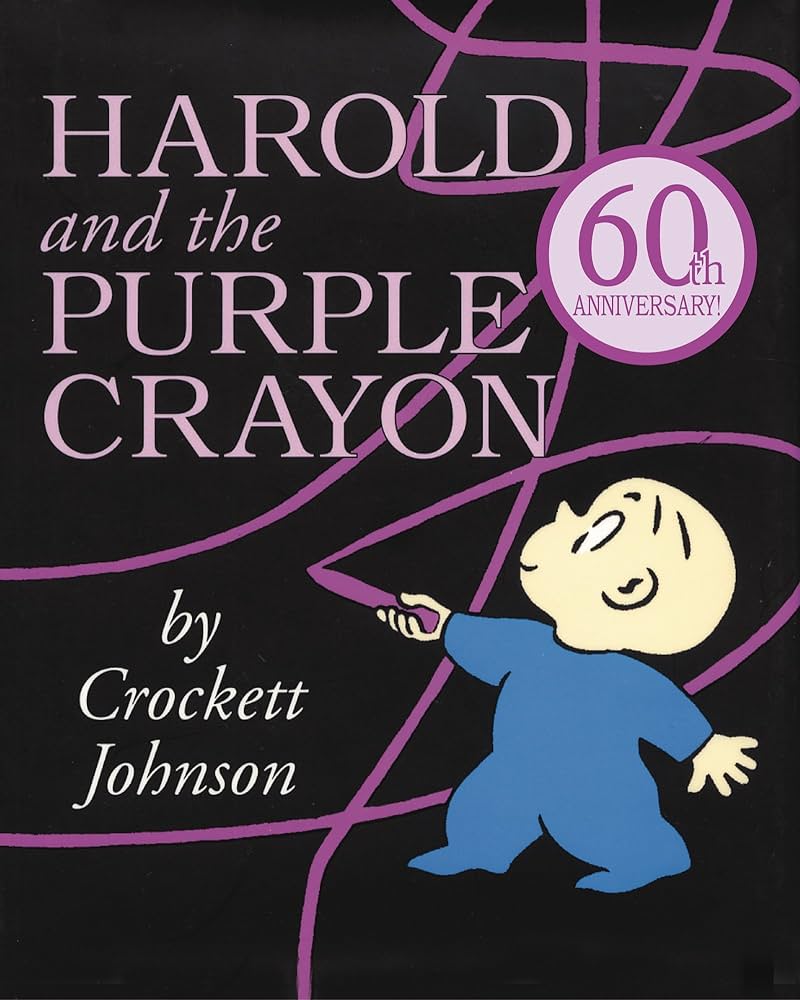Purple and Gold – UAlbany colors.
Purple is a composite color, a classic blend of opposite primary colors blue and red. Blue is cool, red is passionate; red is fire, blue is water. Even democrats and republicans have chosen blue and red as their respective colors. Purple districts are those with similar size enrollments or voting patterns among both groups. In truth, all colors are composites and blends but some colors symbolize and demonstrate it more than others. As purple does.
These long hard 6 weeks since October 7th have been a time of heightened sensitivity and concern, but also a time of mixed feelings for many of us. There’s definitely more tension in the air, there’s added anxiety, some elements of fear. But it’s also been a time of deepening our sense of identity and belonging, increased feelings of connection and a surge and upswell of Jewish pride, observance and involvement.
Tanya 34 quotes the Zohar that its possible (and healthy) to “have crying lodged in one side of the heart and joy in the other.” Mixed feelings are normal, they’re part of being a complex human being. Purple is a rich (royal!) color because it has both red and blue within it. It’s not one or the other, it’s not black or white. It’s complex, it’s a harmony, a synthesis. This isn’t just OK, it’s an ideal! Nuance is the mark of meaningful thought, emotions are best in a calibrated balance. In Chassidic lingo we’d call Purple – Tiferet, a harmonizer and synthesizer in the Sefirot. It somehow balances opposites (bringing out the best in both) in a healthy harmonious way.
 Some of you may have read “Harold and the Purple Crayon” as little kids. This classic by Crocket Johnson was first published in 1955 with various adaptions since. Somehow, simply but fantastically, Harold draws his destiny, his own reality, a world of his own, with all of its ups and downs, problems and solutions, all with the help of a singular purple crayon.
Some of you may have read “Harold and the Purple Crayon” as little kids. This classic by Crocket Johnson was first published in 1955 with various adaptions since. Somehow, simply but fantastically, Harold draws his destiny, his own reality, a world of his own, with all of its ups and downs, problems and solutions, all with the help of a singular purple crayon.
I’d like to suggest that the purpleness of Harold’s crayon is significant. This drawing of his own reality was only possible because he had a purple crayon! Had it been red or blue, it might have been too one-dimensional, lacking the richer fuller more dimensional complexity of the purple.
UAlbany’s second color is gold. For years I thought gold was pure, especially the finest gold. Now I learned that most usable gold (including gold in jewelry) has other metal(s) mixed in. Gold on its own is too soft, too malleable, too pliable and needs other metals for strength and support. And that’s where we get white gold, rose gold, yellow gold, depending on whether zinc, nickel or whatever other metal was added. So most gold we see and use is an alloy.
Alloy is like ally. Just as other metals lend strength and support to gold, allies, friends and community help support and strengthen us. In times like this (and indeed always) we especially appreciate those who are there for us, supporting us especially when we need that strengthening.
